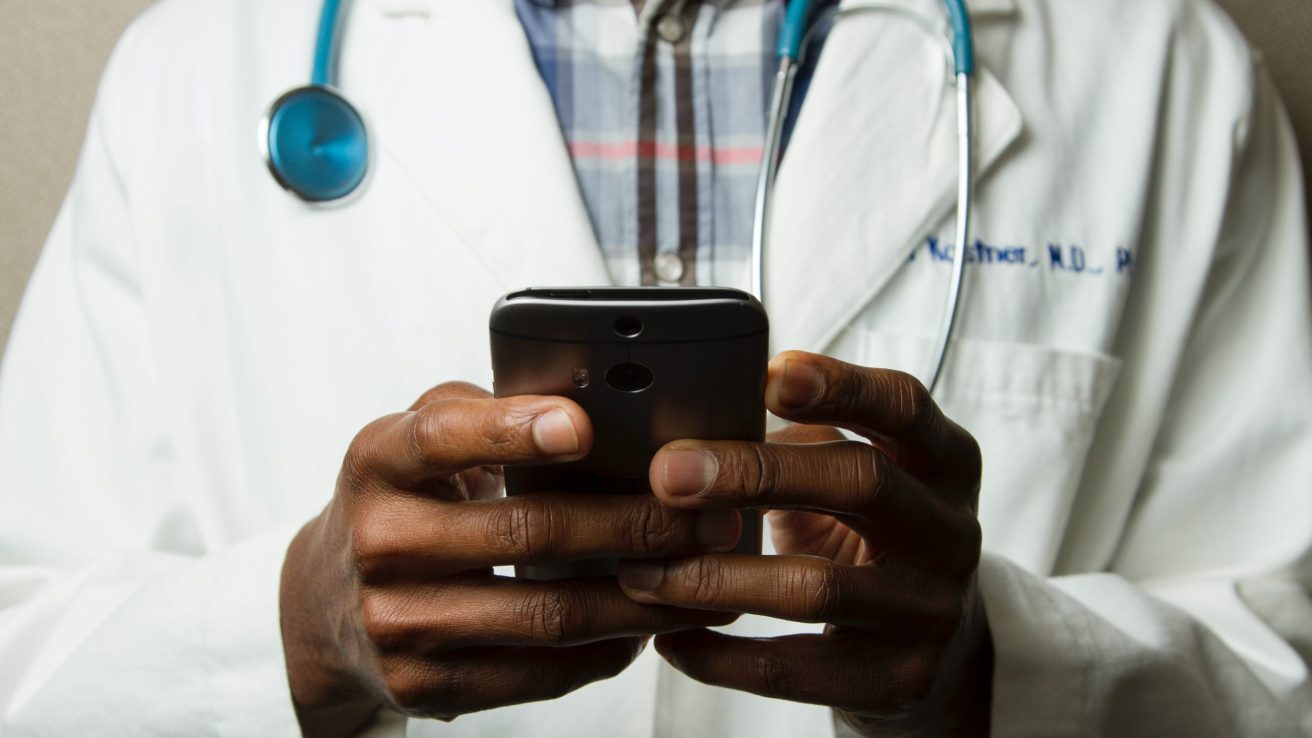The use of telemedicine for diabetes care is understudied despite the intervention’s promise to meet gaps in care for underserved groups. This study, published online in Telemedicine and e-Health, seeks to analyze racial disparities in patient outcomes after undergoing telehealth treatment for type 2 diabetes.
The telemedicine program was a three-month monitoring program following a hospital stay between 2014 and 2017. The study participants included 914 white patients and 365 Black patients in Nebraska. The specific parameter studied was hemoglobin A1c (HbA1c), with a particular focus on the proportion of patients with HbA1c > 9% before and after the program.
Initially, the proportion of white patients with HbA1c > 9% was 16%. This percentage was reduced to 7% upon completion of the program. The percentage of Black patients with HbA1c > 9% was 30%, which was reduced to 18% by the end of the program. After adjusting for the effects of baseline HbA1c, the average HbA1c among Black patients was 0.23 points higher than the average HbA1c for white patients. The study concludes that in comparison to white patients, the adjusted odds of having HbA1c > 9% was 1.68 times greater for Black patients.
While this study concludes that some telehealth options can be beneficial for diabetes care for underserved groups, the remaining disparity in HbA1c levels at the end of the program warrants further study before more targeted treatment options can be developed [1].
Source:
[1] Andersen, J. A., Scoggins, D., Michaud, T., Wan, N., Wen, M., & Su, D. (2021). Racial Disparities in Diabetes Management Outcomes: Evidence from a Remote Patient Monitoring Program for Type 2 Diabetic Patients. Telemedicine and e-Health, 27(1), 55–61. https://doi.org/10.1089/tmj.2019.0280










